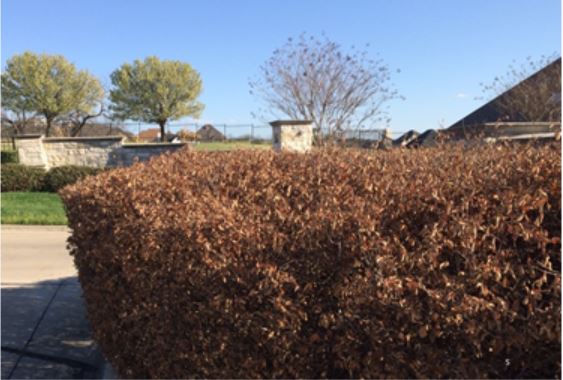


Why You Need Great Communication with Your Management Company
September 10, 2019


Architectural Guidelines Aren’t the Solution to These ACC Issues!
October 1, 2019“Working with a well-written set of architectural guidelines and applying them consistently can help to relieve headaches for boards and ACC Committees.”
It is really vexing when….
- “there are no architectural guidelines!†A well written set of Modification Design Guidelines is essential for review purposes and should be developed and recorded as soon as practical in the life of the development. CC&R’s can be used and referenced however they typically do not provide enough depth regarding architectural/landscaping issues.
- “there are architectural guidelines, but they are outdated!†Guidelines should be periodically updated. Try to avoid referencing the everchanging manufacturer product names.
- “the guidelines do not reference a specific kind of improvement!†Modification Design Guidelines should be as complete as possible. However, not every type of improvement and condition can be covered. One of the purposes of having a committee is so that judgements can be made on these types of submittals that best fit the intent of the HOA restrictions.
- “a guideline discourages something!†If a type of improvement (e.g. borders around trees) is not desired, the guideline should just say that type of improvement is prohibited.
- “the municipality restrictions conflict with more restrictive HOA guidelines!†The Modification Design Guidelines should include a statement that the most restrictive requirement must be followed, and that municipality approvals and permits issued do not guarantee automatic HOA approval.
- “a committee uses variances inadvisably!†Variances can be a hazard. Grant them rarely, in writing and only where unique circumstances dictate that one is needed. Variances are not a tool to approve an improvement that has already been constructed and/or does not comply with the HOA restrictions.
Some examples where a variance may be justified:
Fence Setback Variances are granted for unique circumstances. Some association guidelines require that all fences be set back a minimum of 10 feet from the front corner of the home. Variances are reasonably granted when the owner physically cannot put the fence at the 10 ft mark because of some structure or physical feature of the house (windows at ten-foot mark, A/C Units, etc.)
Large Canopy Tree Variance: Many Associations or subdivisions require the owner to have at least one large canopy tree, and sometimes more, in the front yard. Committees may approve variances to allow a smaller canopy tree or ornamental if the lot cannot physically support the requiredlarge canopy tree. Most often you see this in very small lots.
On the other hand, it’s appropriate to deny a variance request when the situation is not unique as these examples might indicate:


- Fence Height Variance: An owner requests an eight- foot fence because of the yard slope which makes a six-foot fence appear much shorter when standing in the back yard. Owners request a variance because they think it is a privacy issue. But there is not a physical barrier which prevents a six-foot fence. Instead an owner wants a taller fence for personal reasons.
- Play Equipment Setback: An owner may request to locate their play equipment closer to the property line than the setback requirements. They might state many different reasons for the request a variance. If they can physically move it to meet the requirement the committee should deny the variance.
A precedent of approving a questionable variance will open the door to more requests and headaches! Variances should be used only when the situation is unique and can be justified. Put the reason for the variance in writing!
Walter L. Anderson
Architect; Dallas, TX






